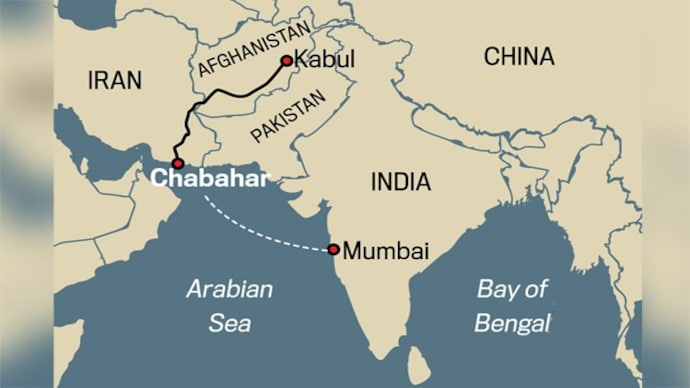India-Afghanistan Bilateral Trade Reaches $1 Billion
DIDPress: Bilateral trade between Afghanistan and India reached $1 billion in the 2024–25 fiscal year (April 1, 2024–March 31, 2025), reflecting growing economic ties, increased agricultural imports, and expanding commercial engagement between the two countries.

Despite regional challenges, India and Afghanistan have maintained strong trade relations.
In the fiscal year 2024-25 (from April 1, 2024, to March 31, 2025), the total value of bilateral trade between the two countries reached 1.0087 billion dollars.
According to data released by India’s Ministry of Commerce and Industry (MoCI Trade Portal), imports from Afghanistan amounted to 689.81 million dollars, showing a 7.4% increase compared to the previous fiscal year.
Meanwhile, India’s exports to Afghanistan were valued at 318.91 million dollars, indicating the continuation of trade exchanges.
India became the largest importer of Afghan goods in this fiscal year.
This reflects India’s efforts to facilitate access to its market, especially for exports of Afghanistan’s agricultural products and dried fruits.
This market access has had significant socio-economic impacts within Afghanistan.
Afghan farmers, encouraged by steady demand from India, are now more motivated to adopt alternative agricultural strategies.
Moreover, India continues to provide zero-tariff benefits for Afghan exports.
This tariff exemption has substantially reduced market entry barriers, enabling greater participation of Afghan traders—particularly small farmers—in cross-border trade and improving their access to the Indian market.
Access to the Indian market could encourage Afghan farmers to replace opium poppy cultivation with alternative crops.
However, replacing opium requires quality inputs, fair markets, and financial support—all of which depend on the presence of an inclusive and effective government in Afghanistan, as well as sustained regional and international assistance.
Currently, Afghanistan is facing a worsening humanitarian crisis exacerbated by the mass expulsion of refugees from Pakistan and Iran, which has strained resources and disrupted efforts toward economic improvement and stability.